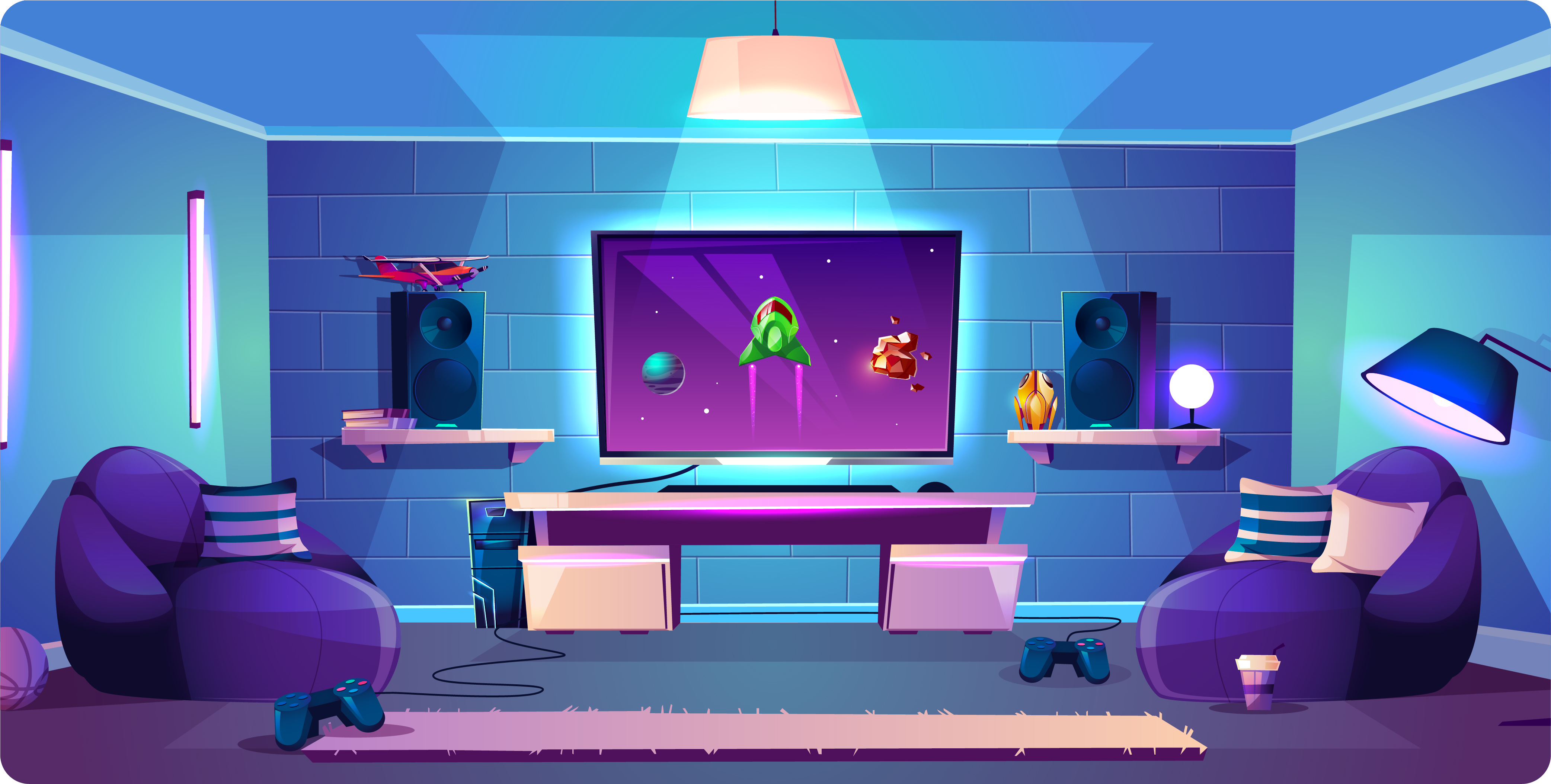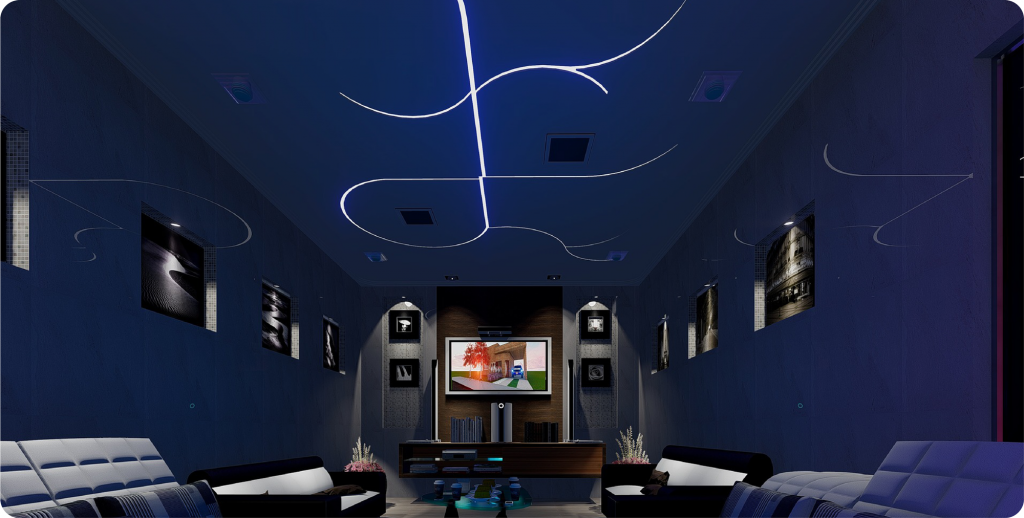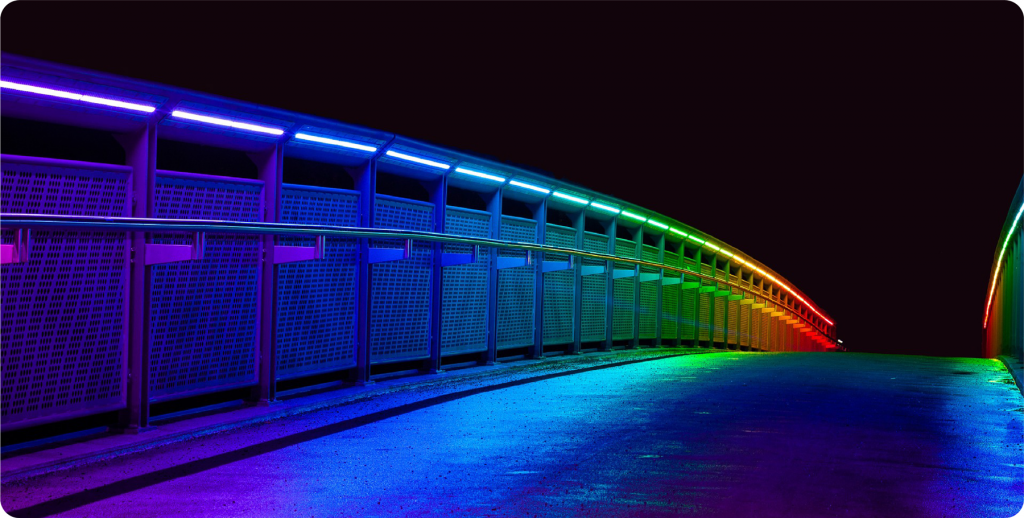You tell your curtains to raise, the coffee machine hears you as well and starts brewing, and lights turn on only when you are ready to face another day – this is not an opening scene from some sci-fi movie. The future is here.

written by:
Anastasia Borodinets
You tell your curtains to raise, the coffee machine hears you as well and starts brewing, and lights turn on only when you are ready to face another day – this is not an opening scene from some sci-fi movie. The future is here.
The Internet of Things technology is altering the tasks that are currently performed by humans, even our mundane routine. Analysts at Gartner predicted there will be over 20.4bn Internet of Things devices online by 2020, as previously unconnected machines are finding their way to the internet, and the upcoming deployment of 5G will make remote connections more reliable, and enable more sensors to be used.
The smart home is currently the most widespread application of IoT. Smart home products are customer-oriented and come in all shapes and sizes. As technologies are becoming more user-friendly, no wonder that smart home goods with internet connectivity have transformed from rare niche devices to practically mundane things. Smart homes, smart air conditioners, smart washing machines… Indeed, even bulbs have got “brains”! Now it’s clear why 68 % of Americans have no doubt that smart homes will be as widespread as smartphones in 10 years.
The turning point in the history of smart lighting was the invention of devices that do not require much effort for installation. Their “brains” migrated from a wall-mounted switch to the device itself – a lamp or a bulb depending on the user’s choice. No matter what appliances you go for, they all possess one and the same advantage: you just need to hang/put/attach your device at home and it’s ready to go.
The popularity of smart lighting goods is constantly growing. To be fair, the smart lighting market demonstrates the largest growth in the lighting manufacturing sector. It is expected that by 2020 its value will reach $8.14bn with the average growth rate of 22.07 % in 2015-2020.
Internet of Things opportunities may prove their expediency and ensure invaluable help on numerous occasions. For example, if you own a house, it will save more money if you have a system that turns lights outside only when it detects movement. Or, when you aren’t at home, whether on business or on vacation, and fear for the safety of your “castle”, you can set the system in such a way that your home will simulate your presence with lights operating in accordance with the same pattern as if someone were home, keeping any potential burglars at bay.
Going further, who hasn’t been in a situation when you simply forgot to turn off the lights? Smart lighting will do it on its own. After all your efforts, you will see that cost savings achieved this way will exceed expenses for the installation of such a revolutionary system. Virtually any electric device can be extended with “intelligence”.
Start with smart
So, you’ve decided to upgrade your home with smart lighting. Depending on your particular choice, that meant screwing in bulbs, swapping switches in walls, or connecting smart switches to old-school appliances. You’ve also got all the apps for your hardware. However, the real fun has only begun.
You’d better start simple, with light bulbs, since they are the easiest and the least expensive way to lay the foundation for your smart home. They require less effort to setup and the benefits can be seen right away. Smart bulbs come in many shapes, sizes, colors and configurations. But they don’t just sit in a socket and light a room like your average 60 W bulb. That would be way too boring.
With smart bulbs, you can smarten any existing light fixture like a kitchen pendant light or bedside lamp. You can buy smart bulbs individually, but many come in starter kits that include a bridge to connect the lights to your Wi-Fi. This lets you use remotes, apps or voice assistants to control your lights. Other smart bulbs don’t need a hub plugged into your router, but instead connect straight to your Wi-Fi. Some systems also have an “away-from-home” mode that enables you to control the lights when you’re far away.
In fact, you can make do with classic bulbs, but unfortunately they cannot provide the entire range of solutions, like the best Internet of Things devices do. Classic bulbs are binary devices, that is, they have just two modes – on and off. Intermediate options are often unavailable.
Smart bulbs operate in a different way and provide greater control possibilities, allowing you to adjust their intensity, brightness and warmth to your heart’s desire.
You’ve got some bulbs. What else is on the menu?
Switches and plugs
Smart switches are a great way to make your lighting smart without the expense and hassle of replacing every light bulb in your home. For instance, if you have one or two switches that control many recessed lights, opting for a smart switch is likely more cost-effective.
Smart plugs can quickly convert existing household items like lamps and coffee machines into smart devices. You can then turn the lamp on and off by using the app you’ve installed on your mobile device. You can also set it on a schedule, so that it turns on and off when you most want it.
Motion sensors
By installing motion sensors, you will be able to control the operation of lamps in those areas where people do not normally stay for long, such as hallways, corridors, stair landings, restrooms, etc. Automated light control saves the person from the need to look for a switch in the dark: the smart home takes care of everything and will switch on the lights in the hallway or will provide you with illuminated escort on your way upstairs.
Light sensors
A light sensor is guided by a preset illuminance threshold. If the sensor detects a low lighting level in its zone, it sends a signal to the light control system to turn on the lights or vice versa.
Right on schedule
Leaving fixtures and bulbs burning around the clock is a sure way to make your purse lose some weight. That is why an intelligent lighting system should be able to operate on a schedule. The system may be tuned in such a way that, for example, outside lighting goes out at 10 p.m. and turns on at 6 a.m. If there’s a choice for sunrise and sunset timing, it is highly recommended to use that option as well. It’s a lot easier than choosing specific hours of the day. In this case, don’t forget to select options for the exact location. It’ll save you from having to manually adjust the schedule as daylight hours shorten and lengthen throughout the year.
Another effective way to use smart lights is to cluster them up by room or area. For instance, you can schedule all of the lights in your basement to go dark after midnight. Or make every light on the main level to dim to 20 percent brightness after 1 a.m.
Live in color
When shopping for smart bulbs, you’ll usually see two options: white only and color. Color bulbs usually cost a bit more, but they allow you to set your lights to any shade of the rainbow and have a lot of fun. Many models have light settings that mimic sunrise or sunset, and let you change the light from an energizing blueish white to a calming warm orange.
Beyond that, you can program your lights to change colors when your alarms go off or you get a new email or an incoming call. You can also make them slowly fade into darkness as you fall asleep. For devoted movie fans and family people, smart lighting can help set the mood and create a scene perfect for watching a movie or relaxing together.
Some manufacturers also sell LED light designed to be stuck behind, above or below things to create pools of light against the floor, ceiling or wall. These work best behind televisions or under kitchen cabinets, where they pleasingly glow. Moreover, there are feature lights which can be attached to your wall like abstract pieces of art.
Lighting scenarios are a real magic box for interior designers. By highlighting certain elements in your house design and hiding others in the shadows, you can create several interior options for one room at the same time. All in all, you might have one light recipe for watching movies, another for dinnertime, and yet another for reading. Switching from one recipe to another is as simple as tapping a smartphone or yelling something like “Let the party begin!”
Developing the lights
Our experience shows that the cornerstone of software development for smart home systems is the protocol. We had the chance to work with both proprietary and readily available software, with each strategy having its own pros and cons. The most common public protocols are Z-wave, ZigBee and Bluetooth LE. They ensure noise immunity and an adequate operating range and successfully manage such obstacles as walls. Despite the variety of protocols developers can choose from, the most suitable for smart homes are those with low energy consumption.
One of the toughest tasks in developing smart home solutions is to make the setup process for the system as simple as possible so that the user could install it without calling for a specialist. Another issue here is making the smart home accessible from mobile devices connected to another network, when the owner is not at home and is connected via mobile internet or public network. This problem can be solved, for example, by using the WebRTC technology.
Smart is brilliant
Smart lighting in the main living areas provides homeowners with the benefit of lighting control in many different situations throughout the day. From waking up in the morning, to entertaining, to going to bed. Not only can you live in a high-tech personalized environment right now, but you can also save time, money, and energy.
What is Internet of Things if not a top notch solution for many tasks? Many people like it for its convenience, while others consider it as an excellent design tool - after all, the brightness and lighting time can change at a convenient time of day and in different parts of the house, depending on the owner’s mood. Conventional bulbs are outsiders in this game.
No matter which way you choose to smarten your lights, you won’t miss those situations when you had to wander around your home to turn off all the lights before bedtime, or stumble through the hall to find the light switch for a midnight snack.
Contact us at request@qulix.com to find out how to implement smart home solutions or visit our website.

Contacts
Feel free to get in touch with us! Use this contact form for an ASAP response.
Call us at +44 151 528 8015
E-mail us at request@qulix.com








